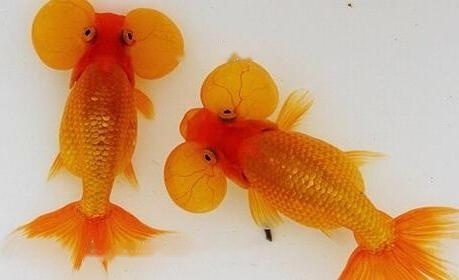It is best to place the fish tank in a place where there is sunlight for 1-2 hours. Due to photosynthesis, the color of the fish body is also more bright and beautiful. In addition to its good-looking appearance, there must be a few friends who want to feed it. If you want to breed grass goldfish, how should you feed it? If you want to know more clearly, you can come with the editor. Learn more!

How to feed grass goldfish?
1. Besides eating artificial bait, I also like to eat red worms , line snake, jumping insects, etc., to ensure that the bait is fresh, and spoiled ones cannot be fed.
2. It is enough to feed once a day at a fixed time. Each feeding is 80% full, and it is advisable to eat it within five minutes. It is conducive to healthy growth and maintains fresh water for a long time. If you feel that feeding once is not enough, you can feed it twice, preferably in the form of small meals and frequent meals.
3. Goldfish is a cold-blooded animal, it is not afraid of cold, the water temperature can grow faster at 20 degrees, and the minimum cannot be lower than 5 degrees. But since you keep it indoors, I believe the temperature should not be very low. Generally, it will be fine if the water does not freeze, but try to keep the water temperature constant. It will definitely catch a cold if it is hot and cold.
4. You can't use tap water directly to change the water for the fish. The tap water contains too much chlorine. The tap water can be used for three days.
5. If there is no filter, it is necessary to suck out the fish excrement on time every day, and then add the same amount of sleepy water as the sucked out, so that the water is only changed a little, and the water can be kept clean With the injection of oxygen, a large amount of water changes should be performed for more than a week or if the water is mixed, that is, 3/1 water changes are enough. Put the trapped water next to the tank a few hours before the water change, so that the new water to be changed is at the same temperature as the water in the tank and the fish will not be agitated.
![[Dog Training 5] The training method of pet dog dining etiquette](/static/img/12192/12192_1.jpg)




